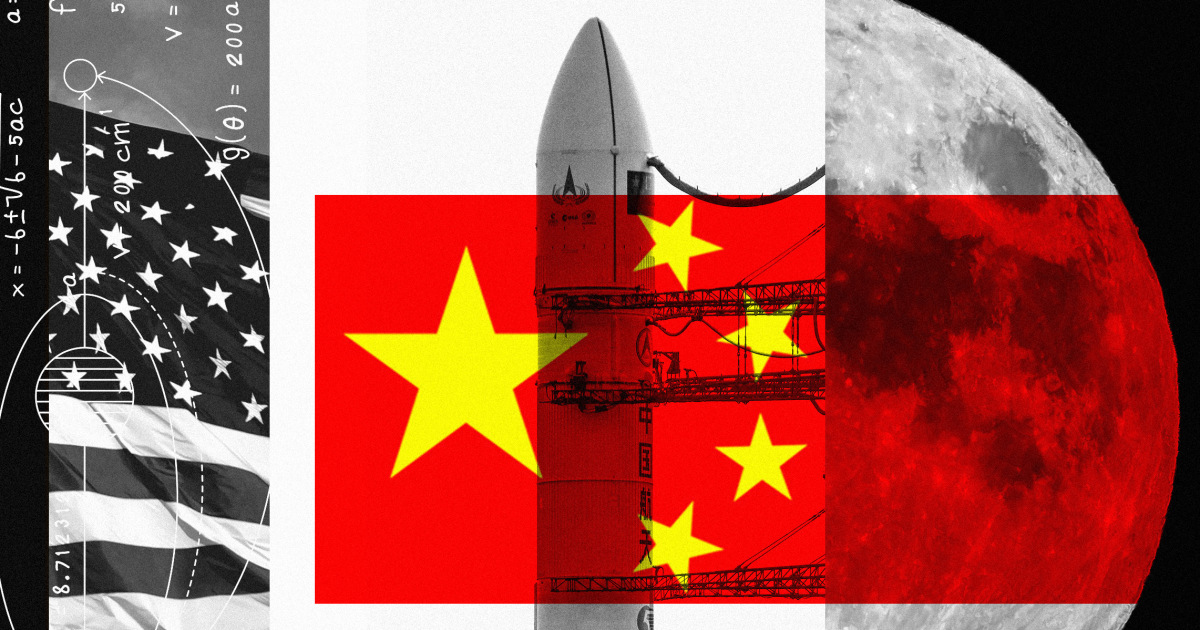
‘A force to be reckoned with’
If successful, the Chang’e mission will be a crucial step in realizing the country’s goals of landing Chinese astronauts on the moon by 2030 and eventually building a base on the lunar surface.
The outcome of the mission will also have implications far beyond China’s borders. A slew of spacefaring nations, including Russia, India, Japan and the U.S., also have their sights set on the moon, creating what some experts have likened to a new kind of space race.
“China is trying to prove that it’s a force to be reckoned with, and so it’s always that China is competing against everyone in space,” said Clayton Swope, deputy director of the Aerospace Security Project at the Center for Strategic and International Studies in Washington.
A successful Chang’e 6 mission would demonstrate how sophisticated China’s lunar exploration program has become in a relatively short time.
“Twenty-five years ago, they had very rudimentary space capabilities,” said Todd Harrison, a senior fellow at the American Enterprise Institute, a public policy think tank based in Washington. “Going from that to where they are today — I think they’ve clearly exceeded Russia and their space capabilities are really only second to the United States.”
China achieved its first moon landing in 2013 with the Chang’e 3 mission, which set a lander and rover on the lunar surface to study the moon’s terrain. Before that, only the U.S. and the former Soviet Union had successfully landed spacecraft on the moon.
In 2019, China notched another historic milestone with its Chang’e 4 flight, becoming the first country to land a probe on the far side of the moon, the part that permanently faces away from Earth.
The following year, in 2020, China returned to the moon’s near side, which always faces Earth, landing the Chang’e 5 spacecraft on a volcanic plain known as Oceanus Procellarum. The probe retrieved samples there and brought them back to Earth, representing a big technological leap forward.
The China National Space Administration (CNSA) has invited scientists from the U.S., Europe and Asia to apply to borrow the lunar samples for their own research, holding a pitch meeting last week in the Chinese city of Wuhan. Researchers funded by NASA received rare approval from Congress to submit proposals, raising the possibility of high-level U.S.-China space cooperation that is otherwise prohibited by U.S. law.
This time, the Chang’e 6 spacecraft is aiming to land and retrieve samples from the South Pole-Aitken basin, an ancient and sprawling impact crater on the far side of the moon.






